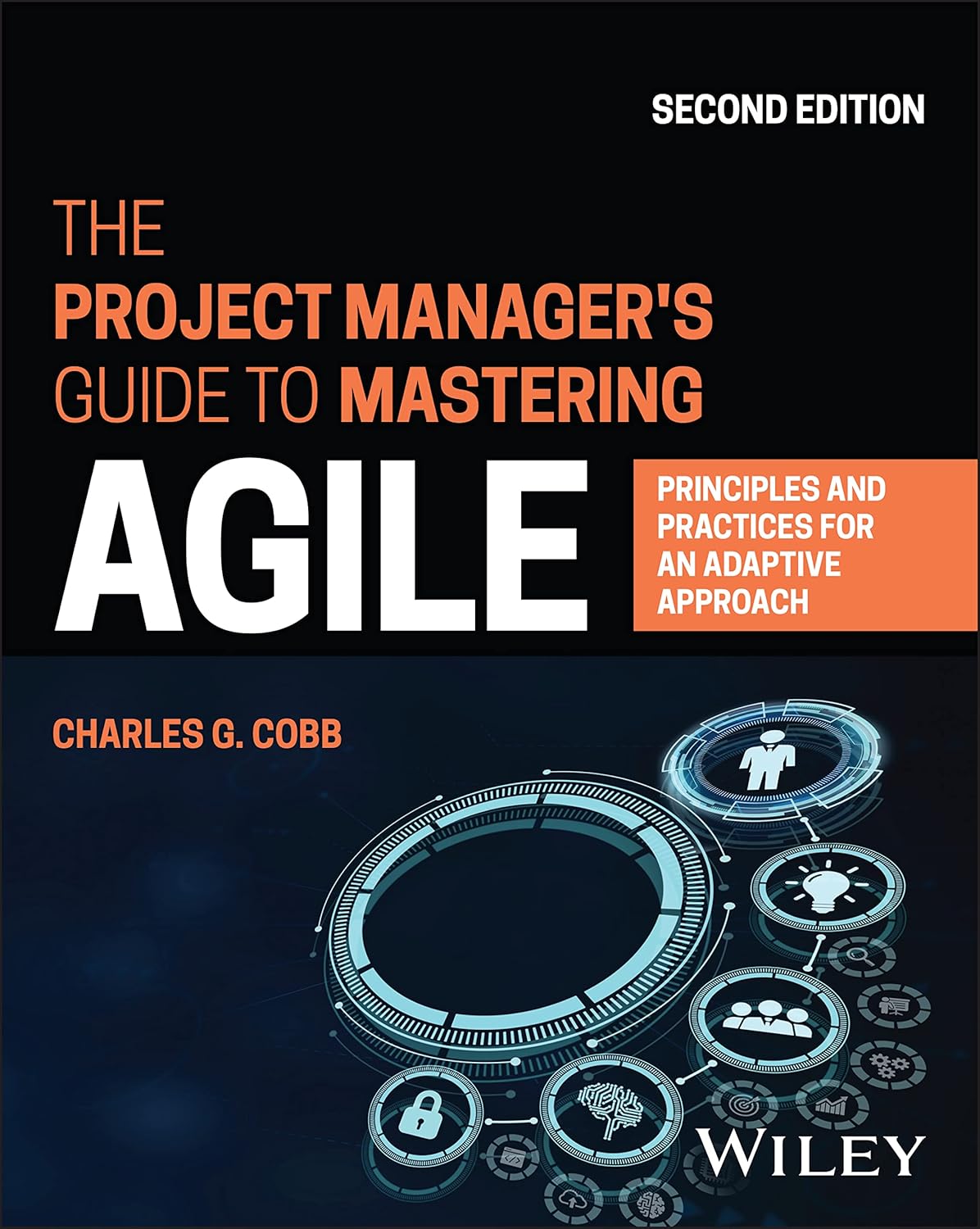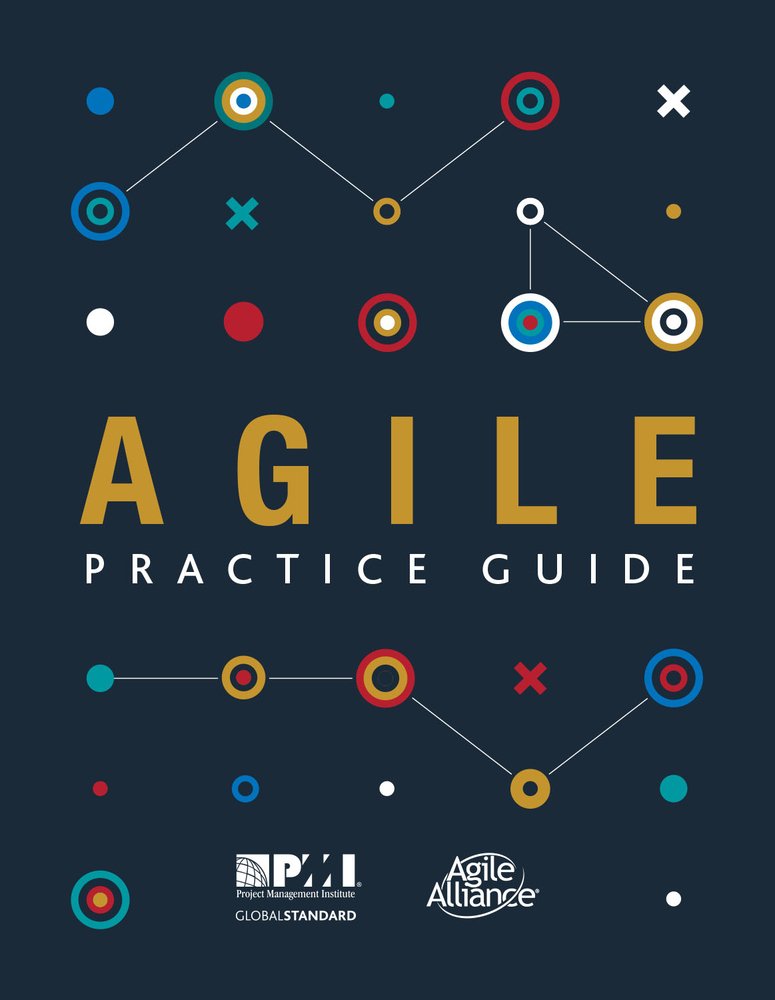
Agile Life Cycle
What is Agile Life Cycle?
The Agile life cycle is a project management approach that breaks down work into smaller, manageable units delivered in short time frames called iterations or sprints. It adheres to the principles of the Agile Manifesto, which prioritizes flexibility, collaboration, and customer feedback. This cycle allows teams to adapt quickly to changing requirements and deliver value to stakeholders continuously throughout the project. Unlike traditional methods that follow a fixed sequence, this approach encourages iterative planning, regular reviews, and constant improvement.
Key Points
- The Agile life cycle typically includes phases such as concept, initiation, iteration, release, maintenance, and retirement.
- Work is completed in time-boxed periods, usually lasting from one to four weeks.
- Customer feedback is gathered at the end of each iteration to guide future development.
- Cross-functional teams collaborate closely, often holding daily meetings to track progress.
- Flexibility is a core feature, enabling teams to pivot or refine deliverables in response to evolving needs.
- Documentation is streamlined, focusing on working solutions rather than extensive paperwork.
- Team members continuously reflect on their performance to identify and implement improvements.
- Stakeholder involvement is consistent and essential throughout the entire process.
Related Terms
- The Agile Manifesto outlines the guiding values and principles that form the foundation of the Agile life cycle.
- A sprint is a short, focused work cycle within the Agile development life cycle, during which the team completes specific tasks or features within a set timeframe.
- A product backlog is a prioritized list of project tasks that guides the work done in each iteration.
- The Scrum framework is a popular method for managing the Agile life cycle through defined roles, ceremonies, and artifacts.
- Continuous delivery supports the Agile life cycle by enabling teams to release updates frequently and reliably.
- A retrospective is a regular team meeting held at the end of each iteration to reflect on what went well and what needs improvement.
Agile Life Cycle: Example
A software development team is building a mobile app. Instead of delivering the entire product at once, the team uses two-week sprints to develop and test features such as user login, notifications, and messaging. After each sprint, the team demonstrates the progress to the client, who provides feedback that shapes the next sprint. This process continues until the app meets the client’s expectations.
Agile Life Cycle: Best Practices
- Define clear goals for each sprint to maintain focus and direction.
- Regularly involve stakeholders to ensure alignment with business needs.
- Keep iterations short and consistent to maintain a steady pace.
- Use retrospectives to identify and apply lessons learned in future cycles.
- Limit work in progress to avoid overload and increase productivity.
- Encourage open communication and collaboration across all team roles.
Additional Resources
Preparing for a PMI certification?
- Exam Prep Courses: PMP®, CAPM®, and PMI-ACP®
- Exam Simulators: PMP®, CAPM®, PMI-ACP®, PMI-PBA®, PMI-RMP®, PMI-SP®, PgMP®, and PfMP®
- Professional Development Units (PDUs): 15, 30, and 60 PDU Bundles




